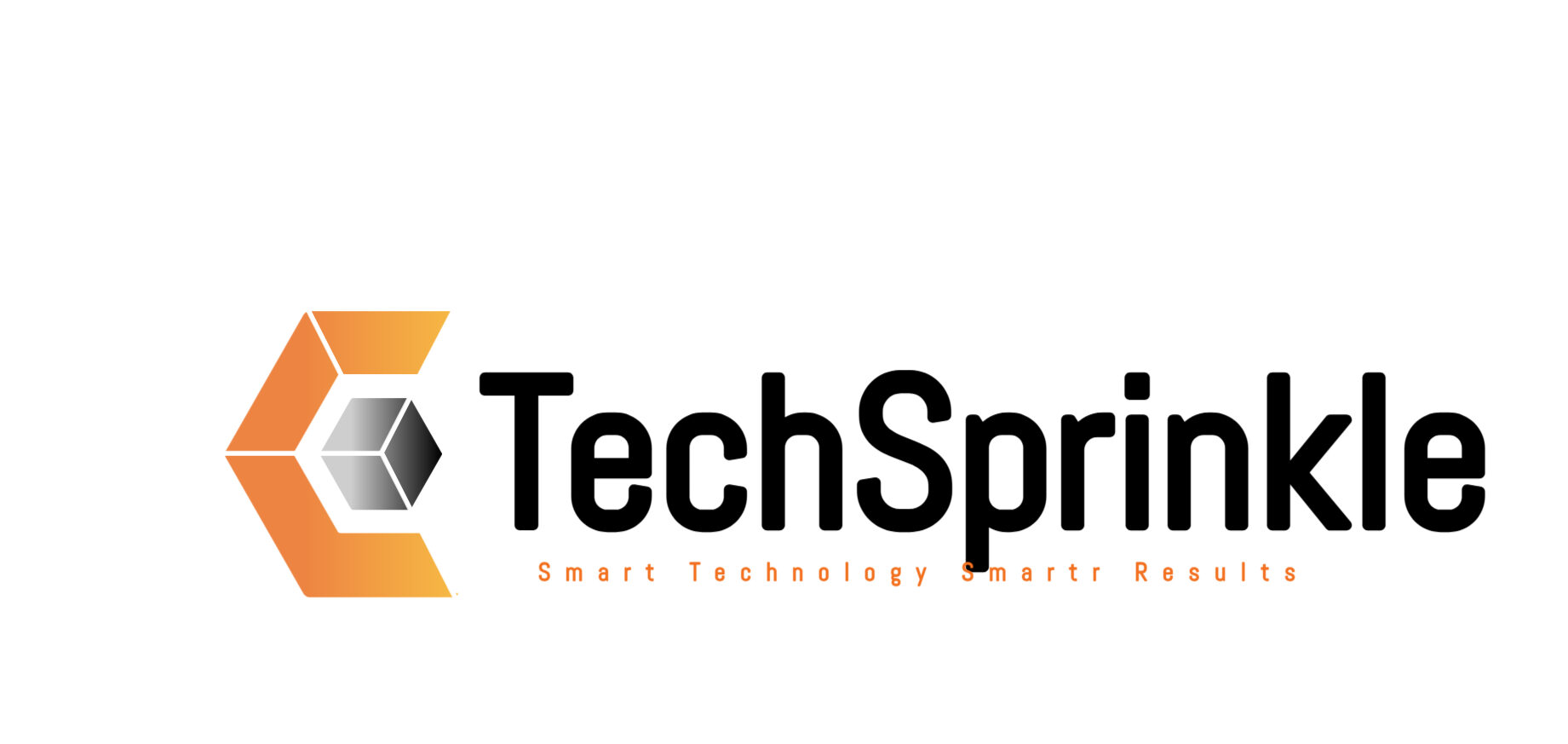Table of Contents
Introduction
New tools platforms and systems are always being made to answer specific problems in the fast-paced world of technology and innovation. Pantagonar is one of the names that has been getting a lot of attention lately. Pantagona is more than simply a cool word even though it seems like something from the future. It stands for an idea a platform or sometimes a solution that is meant to make things easier boost performance and fill in the gaps that earlier systems couldn’t.
Like a lot of new technology, Pantagona raises issues. What is it, exactly? Why is it important? How does it work? What are the pros and cons of adopting it that people should know about? And most importantly, what are the most crucial things to think about when deciding whether to utilize it for personal corporate or industrial purposes?
This article looks at Pantagona from a lot of different points of view. By the conclusion, you will know exactly what it is for, what it can do, and what it can’t do.
What is Pantagonar?
At its core Pantagonar is a contemporary framework or set of tools that makes hard jobs easier and more efficient. In certain situations Pantagona might be thought of as a digital platform a technique or even a mix of the two.
In short it connects old ways of doing things with new digital needs. Pantagona helps people and businesses work more efficiently by giving them a systematic way to handle data, organize workflows, or do sophisticated computation.
Some people say Pantagonar is like early project management systems, but it’s more flexible. Pantagona is different from past systems that needed manual changes or weren’t flexible enough. It was made with flexibility and scalability in mind.
Why Pantagonar is Important
The “why” of Pantagonar is simple: contemporary problems need modern answers.
Some of the difficulties that businesses face nowadays are:
Too much information
Workflows that are hard to understand
Risks to data security
Costs of running the business are going up
The necessity to adjust quickly
Pantagonar fills up these voids. It doesn’t patch up outdated systems, or make things more complicated instead it offers a simple answer. This is appealing to businesses, that want to stay competitive without spending time or money on approaches that are no longer useful.
Pantagonar also stands for growth and change in a wider sense. Pantagona is the next step in efficiency, much like firms used to transition from typewriters to computers or from manual bookkeeping to digital accounting.
How Pantagonar Works
How Pantagonar works might change depending on how it is used. But most descriptions and usage are based on three main mechanisms:
Bringing together
Pantagonar doesn’t take the place of whatever you already use. Instead, it works with the tools you already have to establish a single environment where diverse systems may talk to each other without any problems.
Automating
Automation is one of its best characteristics. Things that used to need manual supervision can now run on their own. This not only saves time, but it also cuts down on mistakes made by people.
Improvement
Pantagonar is always looking for ways to make workflows more efficient. Once it finds anything, it advises or immediately makes changes.
In other words, Pantagona is like a smart assistant that watches, learns, and makes things easier while yet being flexible enough to change as requirements change.
Benefits of Pantagonar
Pantagonar has certain benefits, just like any other new thing. Here are some of the more important ones:
Improved Efficiency
Pantagonar greatly boosts productivity by automating repetitive operations and making workflows more efficient.
Savings on Costs
fewer time spent on manual work and fewer downtime for the system mean lower operating expenses.
Easy to Use
Pantagonar’s designs are complex, yet they frequently include interfaces that are easy to use for both tech specialists and amateurs.
The ability to grow
Pantagonar develops with you, no matter how big or small your team is.
Integration Features
Pantagonar is different from rigid platforms in that it can link to the tools and systems you already use.
Always Getting Better
Its capacity to assess and improve makes sure that processes don’t become stuck.
The bad things of Pantagonar
Of course, every system has its problems. Some of the problems with Pantagona are:
The First Learning Curve
The first setup may seem intimidating to newbies, even if the program is easy to use generally.
Costs Up Front
Depending on how big the project is, Pantagona may need a lot of money up front.
Reliance on Technology
If the system goes down, relying too much on it might cause problems.
Limits on customization
Even if it’s adaptable, there may still be limits based on the specific demands of the company.
Worries about security
Any digital system that combines data might be at danger for cybersecurity issues.
Important Things to Think About
Here are some important things to think about when deciding whether to employ Pantagona for yourself or your business:
Aligning Your Purpose
Clearly say what you want Pantagona to do. Is it automation saving money or better managing the flow of work?
Money
Think about the long-term expenditures such upgrades training and maintenance as well as the initial charges.
Works with
Make sure Pantagona works well with the systems you already have.
Security: Check out its features for protecting data. Does it offer encryption, safe access, and frequent updates?
Ability to grow
Pick a setup that can grow with your demands in the future.
Help and Training
Having the right documentation, tutorials, and customer assistance will make it easier to adopt.
Pantagonar in the Real World
Pantagonar is useful in many ways and might be used in several fields:
Business Operations: Making workflows easier automating reports and improving teamwork.
Healthcare: Keeping track of patient information making appointments and analyzing medical data.
Education: keeping track of student progress administering virtual classrooms and automating grading processes.
Finance: figuring out risks finding fraud and making plans for the future.
Technology Development: Helping with project management debugging and testing software.
These examples show how Pantagonar may change to meet diverse demands which shows how flexible it is.
In conclusion
Pantagonar isn’t simply another digital jargon. It’s a useful method that helps connect the ancient ways of doing things with the needs of today. It has the ability to change the way people and businesses work by focusing on integration automation and optimization.
That being stated you need to think carefully before using Pantagonar. It’s evident what the benefits are efficiency lower costs and the opportunity to grow but it’s also clear what the problems are including having to learn new things and security issues. The most important thing is to compare it to your own needs budget and ambitions.
In the end Pantagonar is a sign of development. If you are ready to put in the time and money, it might become a strong partner in helping you develop be more efficient and come up with new ideas.











